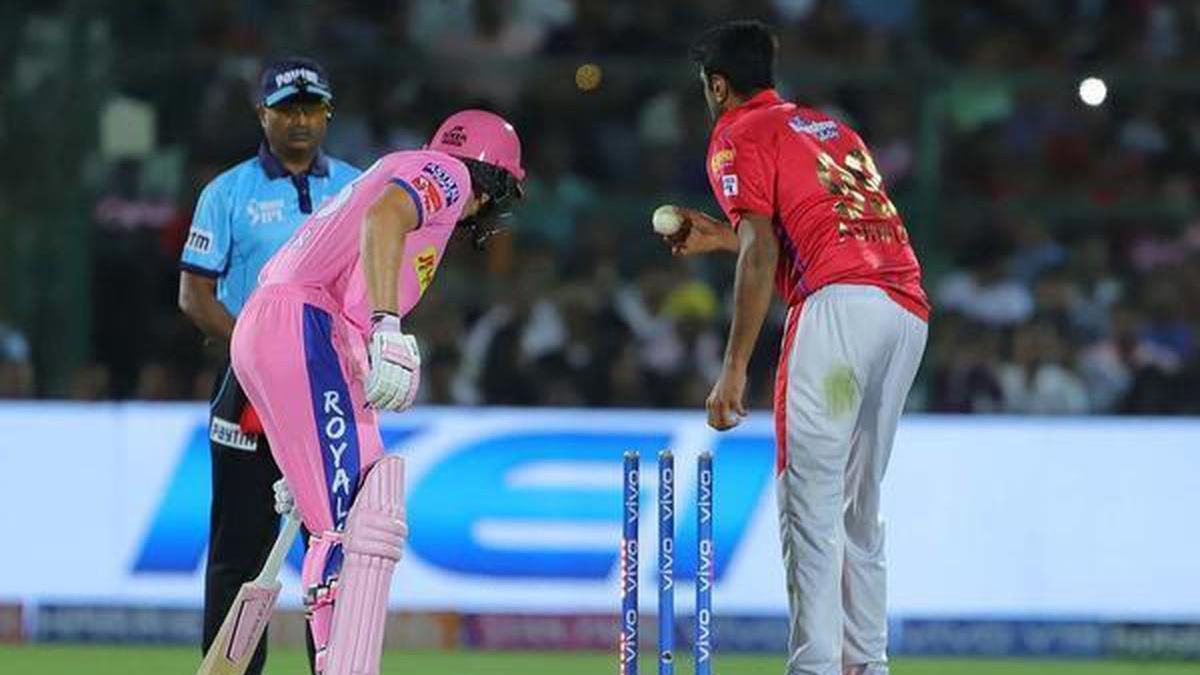Cricket has many quirky and controversial terms, and one that often sparks heated debates is “Mankading.” This form of dismissal, while completely legal under the laws of cricket, continues to divide players, experts, and fans on whether it upholds or undermines the spirit of the game.
Origin of the term
The term comes from Vinoo Mankad, an Indian all-rounder who famously ran out Australian batter Bill Brown in 1947 by removing the bails at the non-striker’s end before delivering the ball. Though Mankad was simply following the rules, the act was controversial at the time, and the dismissal has since been dubbed “Mankading.”
How does Mankading work?
A Mankad dismissal occurs when the bowler, instead of delivering the ball, removes the bails at the non-striker’s end if the batter has left the crease too early. The logic is simple: the non-striker gains an unfair advantage by backing up before the ball is released, potentially shortening the distance for a run.
Under the Laws of Cricket (Law 41.16, updated by the MCC in 2017), this form of dismissal is perfectly legal. In fact, the MCC has since moved it from the “unfair play” section to the “run out” category, underlining that it should be considered a standard mode of dismissal.
Why is it controversial?
Critics argue that Mankading goes against the spirit of cricket — the unwritten code of fair play. Many believe bowlers should warn batters before attempting it. Supporters, however, argue that rules are rules, and batters who leave the crease early are essentially trying to cheat.
This divide has led to memorable incidents in international cricket. For example:
-
Ravi Ashwin dismissed Jos Buttler in the 2019 IPL via Mankading, sparking widespread debate.
-
The dismissal has also occurred in women’s cricket, with Indian bowler Deepti Sharma making headlines in 2022 for running out England’s Charlie Dean at the non-striker’s end.
Impact on modern cricket
With tighter margins in limited-overs cricket, Mankading is becoming increasingly relevant. Bowlers are now encouraged to use it as a legitimate dismissal, and governing bodies have made it clear: it’s within the laws, not against them.
Conclusion
Mankading may always remain polarizing, but it highlights the balance between written laws and cricket’s spirit. For some, it’s a clever way to enforce fairness; for others, it’s unsporting. Either way, it’s one of cricket’s most unique and uncommon terms, ensuring passionate debates whenever it surfaces.


